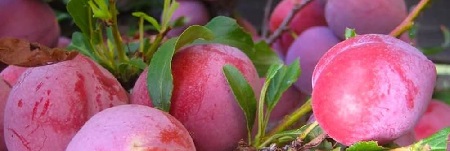It is one of the oldest and best-known trees in the world. Gingko leaf extract has been used by Chinese herbalists for over 5,000 years to help treat a wide variety of ailments. Benefits: It can help stop Vitiligo (ala) and re-pigment formation. It contributes to the regular functioning of the thyroid gland. It clears the mind and reduces fatigue and stress. It helps nourish the brain and strengthens memory and increases learning ability. It is useful in impotence and erection problems. It strengthens the immune system and protects against flu and cold. It can speed up metabolism and aid digestion. With its synergistic effect, it increases body endurance, gives energy and reduces fatigue. It has anti-allergic properties. It helps reduce cell damage by free radicals. (Natural antioxidant) It is a blood builder. It helps balance blood sugar. It may reduce symptoms of dementia in the elderly. It helps in Alzheimer’s disease. It may be useful in preventing tinnitus.
Eriobotrya japonica, commonly known as the loquat tree, grows best in the United States in regions with mild and subtropical climates. It is well-suited for USDA Hardiness Zones 8-11, where temperatures do not typically drop below 10 to 15 degrees Fahrenheit (-12 to -9 degrees Celsius). Here are some regions in the United States where loquat trees are likely to thrive:

- Southern States:
- Texas
- Louisiana
- Mississippi
- Alabama
- Georgia
- Florida
- South Carolina
- North Carolina
- Southwestern States:
- Arizona
- New Mexico
- Southern California
- Coastal California:
- Inland areas of Southern California with milder climates
These regions provide the necessary conditions, including mild winters and warm, subtropical to Mediterranean climates, which are ideal for the successful cultivation of loquat trees. Loquats require full sun to partial shade, well-draining soil, and protection from harsh winter temperatures.
In areas with colder climates, loquats may still be grown in protected locations, such as against a south-facing wall or in a sheltered microclimate. However, in colder regions, the success of loquat cultivation may be limited, and additional measures such as frost protection may be required during cold snaps.
Before planting loquat trees, it’s advisable to consult with local nurseries, extension services, or horticultural experts to ensure that the specific climate and soil conditions in your location are suitable for loquat cultivation. Additionally, selecting loquat varieties that are well-adapted to your local climate is essential for successful growth and fruit production.
